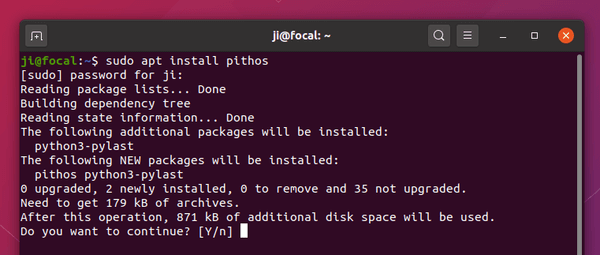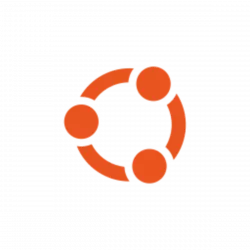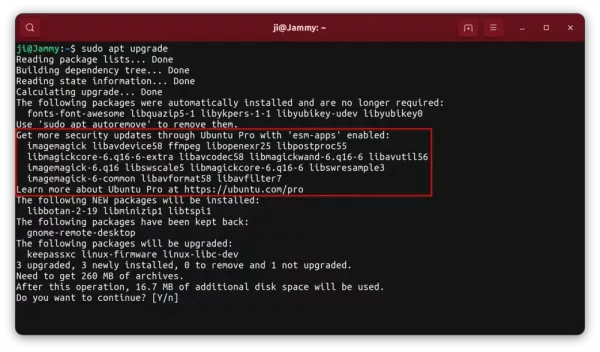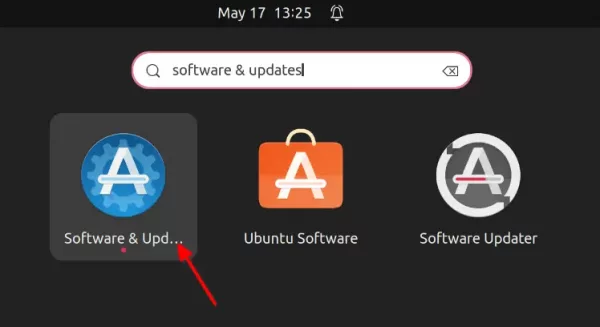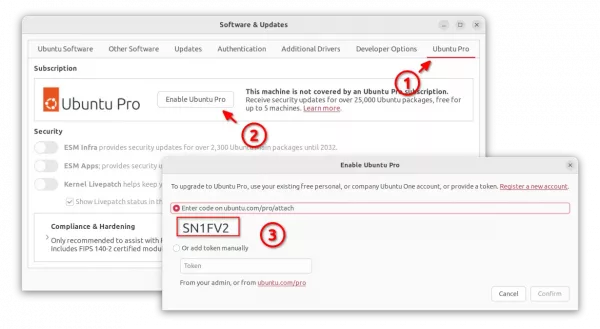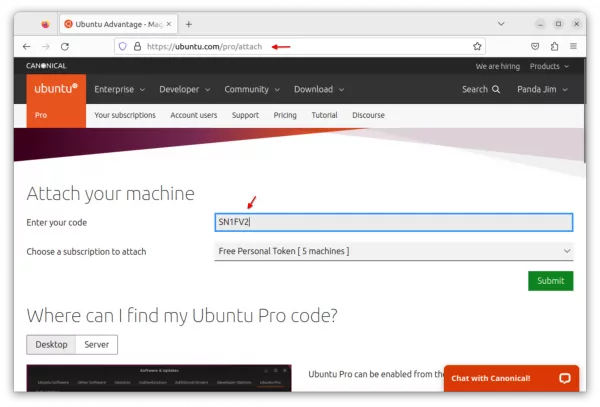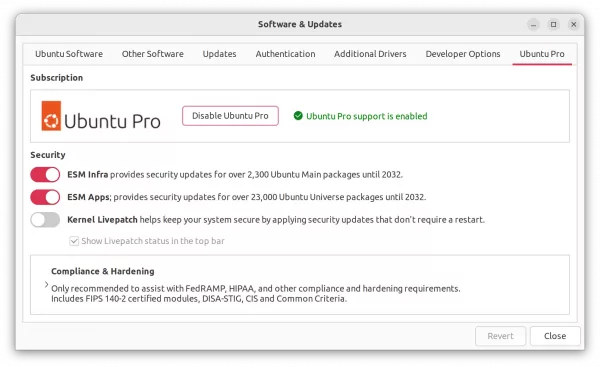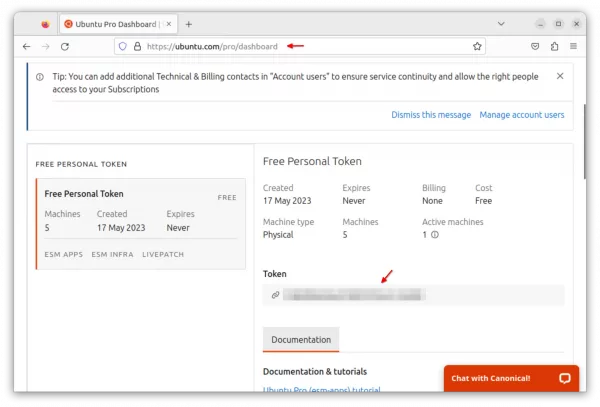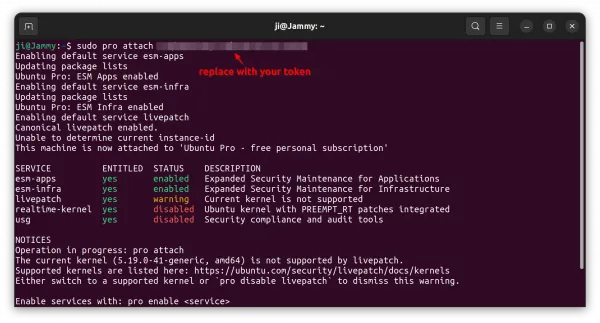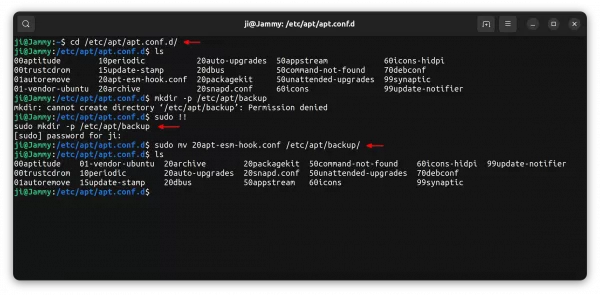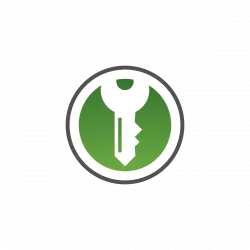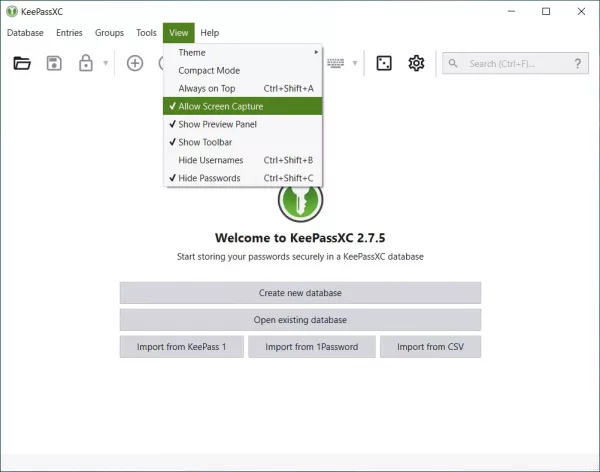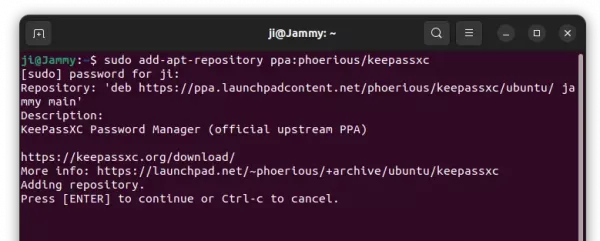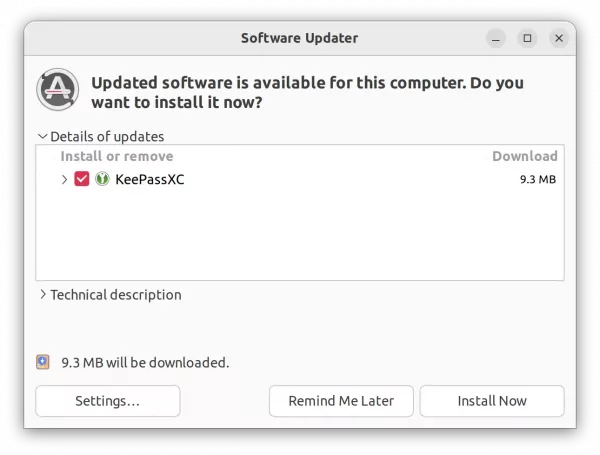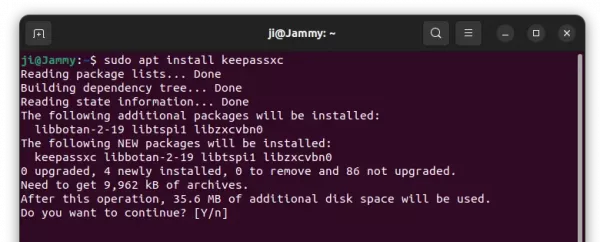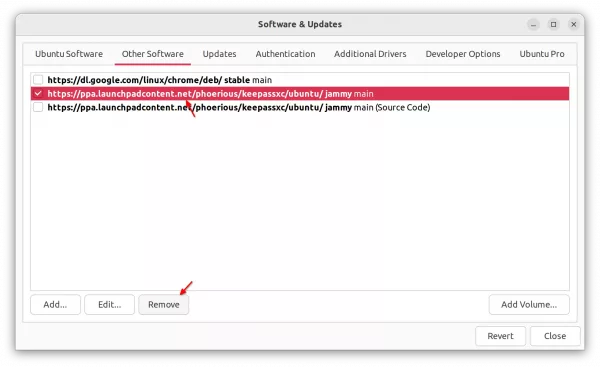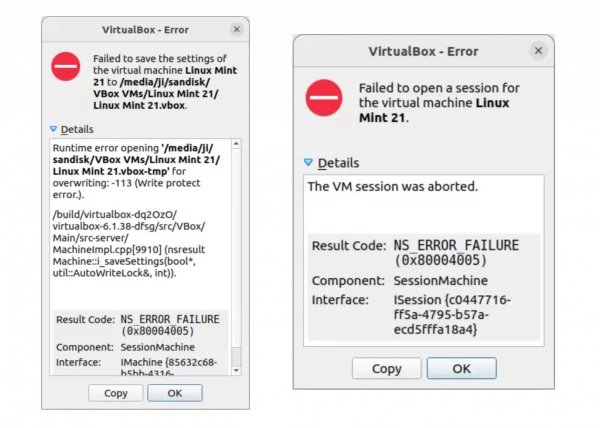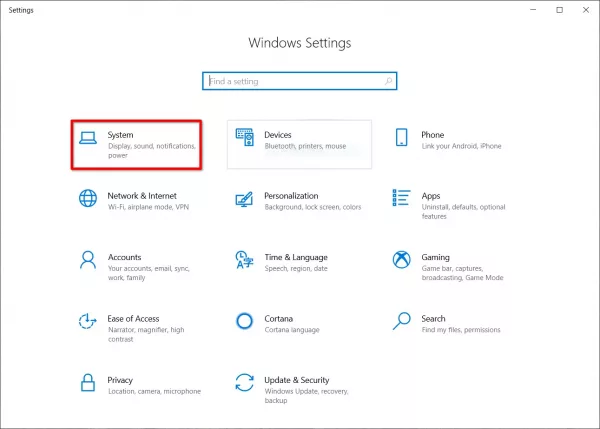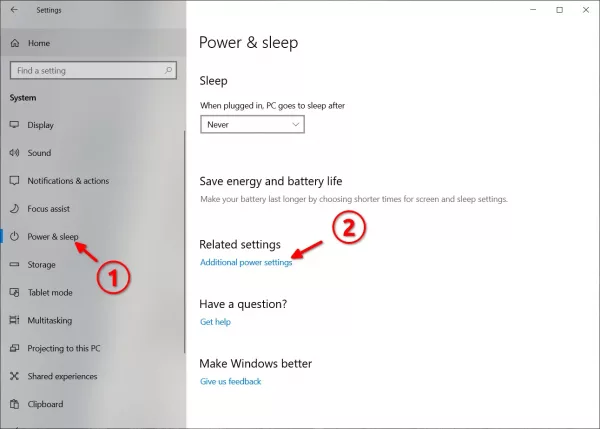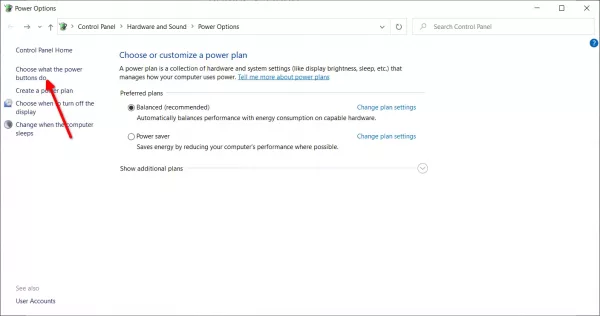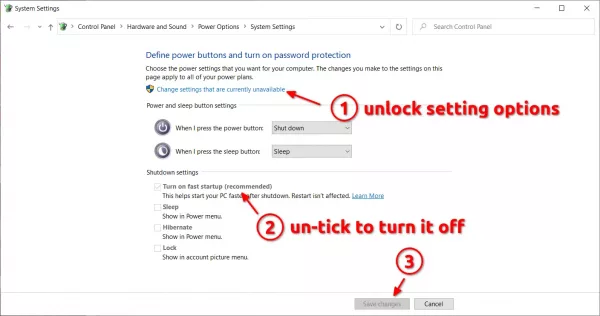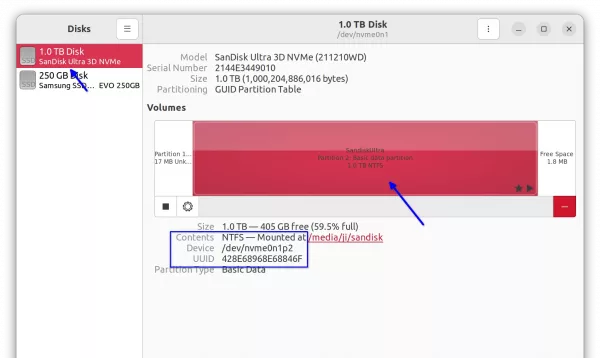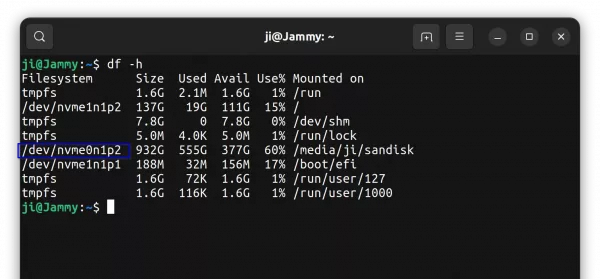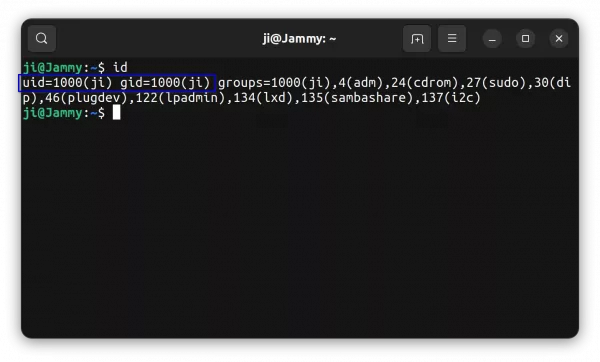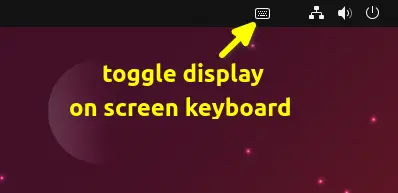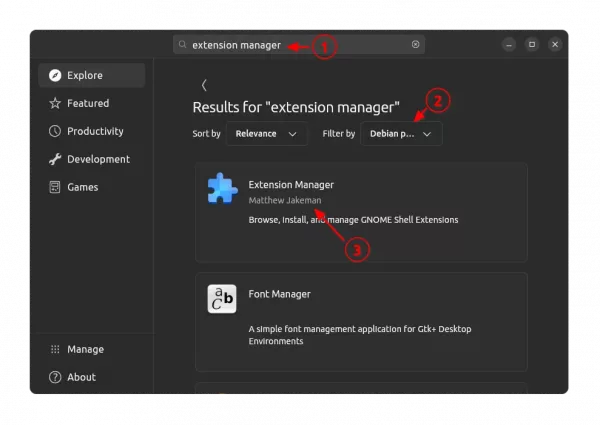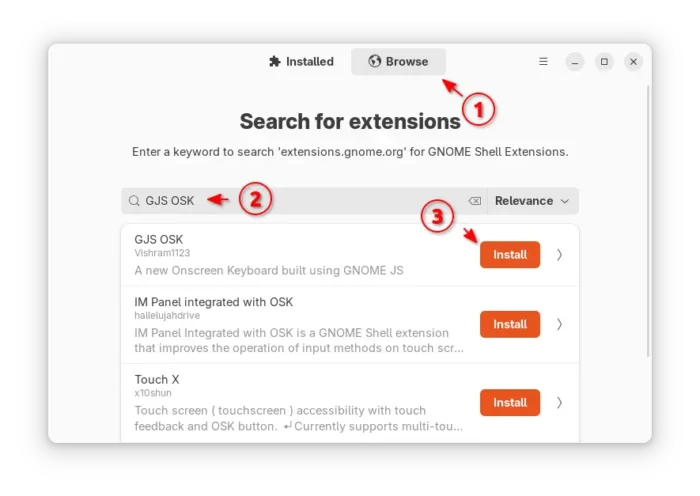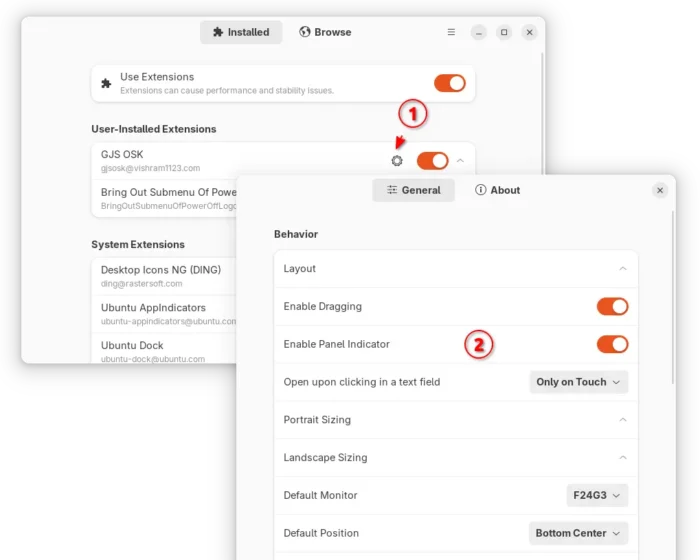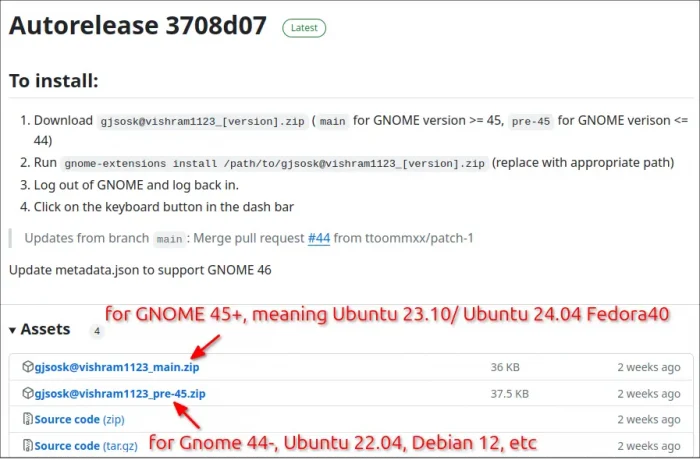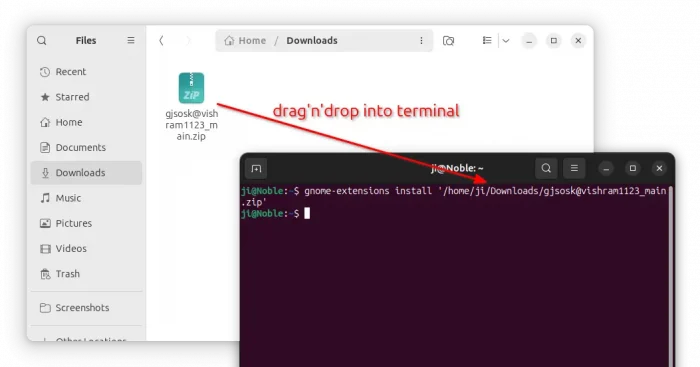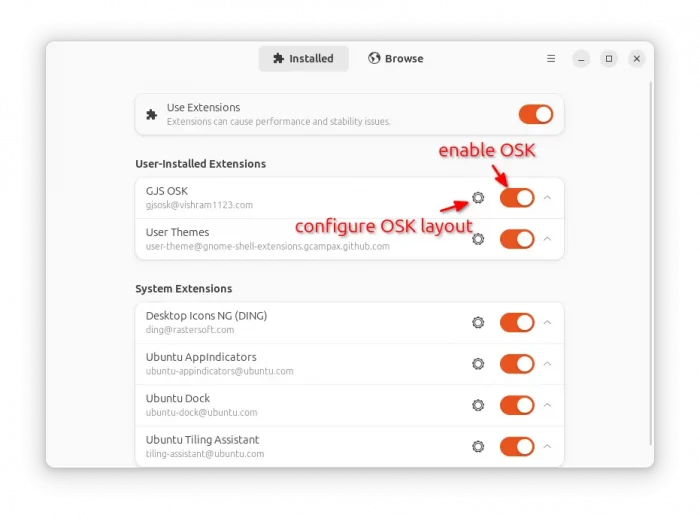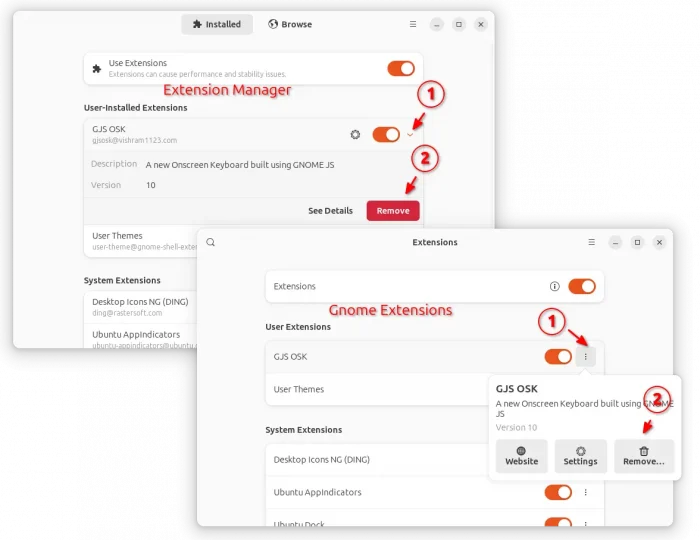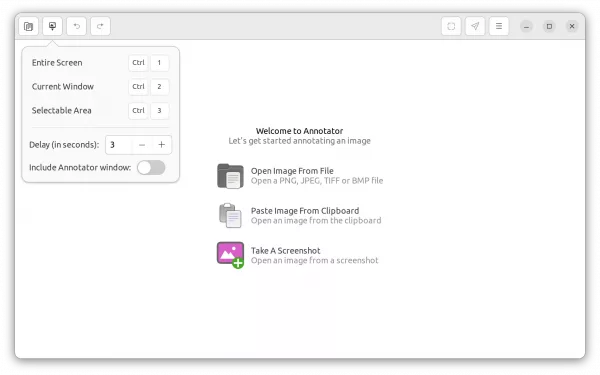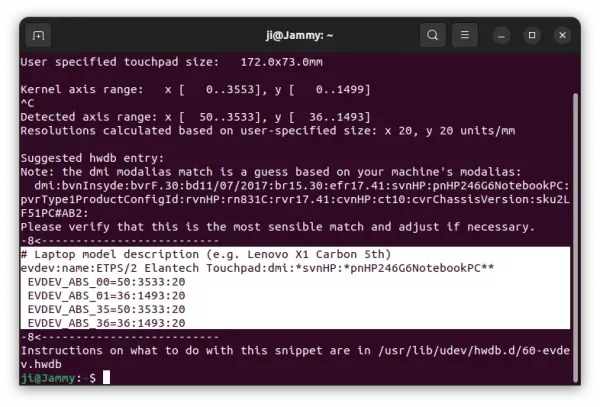For Ubuntu 23.04, Fedora 38 and other Linux with Python 3.11 as default, Pithos 1.6.1 was released today to fix the plugin support!
Pithos is a simple free open-source GTK client for Pandora music & podcasts, writing in Python programming language.
The previous versions lack plugin support for the latest Linux Distributions due to Python 3.11. When you try to open the ‘Plugins’ tab in Preferences, it just shows a blank page.
If you start it from command line, it will output something look like:
Traceback (most recent call last):
File "/usr/share/pithos/pithos/plugin.py", line 147, in on_got_bus
plugin = plugins[name] = load_plugin(name, window, bus)
File "/usr/share/pithos/pithos/plugin.py", line 101, in load_plugin
module = __import__('pithos.plugins.' + name)
File "/usr/share/pithos/pithos/plugins/mpris.py", line 66, in
class PithosMprisService(DBusServiceObject):
File "/usr/share/pithos/pithos/plugins/mpris.py", line 647, in PithosMprisService
@dbus_method(MEDIA_PLAYER2_IFACE)
File "/usr/share/pithos/pithos/plugins/dbus_util/DBusServiceObject.py", line 138, in decorator
in_args = _create_arginfo_list(func, in_signature)
File "/usr/share/pithos/pithos/plugins/dbus_util/DBusServiceObject.py", line 123, in _create_arginfo_list
arg_names = inspect.getargspec(func).args
To fix the issue, the new 1.6.1 was released. Which, also fixed the issue that very short songs are being labeled as advertisements.
Nothing else!
How to Install Pithos 1.6.1 in Ubuntu via PPA
For all current Ubuntu releases, including Ubuntu 18.04, Ubuntu 20.04, Ubuntu 22.04, Ubuntu 22.10, Ubuntu 23.04, and their based systems, I’ve uploaded the app package into this PPA repository.
To add the PPA and install Pithos package, do:
- First, press Ctrl+Alt+T key combination on keyboard to open terminal. When it opens, run the command below to add the PPA:
sudo add-apt-repository ppa:ubuntuhandbook1/apps
Type user password when it asks (no asterisk feedback) and hit Enter to continue.
- Then, run command to fresh the package cache for old Ubuntu 18.04 and Linux Mint:
sudo apt update
- Finally, install or update the lightweight Pandora Radio client to listen online music:
sudo apt install pithos
As the application does not update frequently, you may also download & install the .deb package directly from this page.
For most Linux, Pithos is also available to install as Flatpak package runs in sandbox.
Uninstall Pithos
To remove the Ubuntu PPA, open terminal and run command:
sudo add-apt-repository --remove ppa:ubuntuhandbook1/apps
Or, open ‘Software & Updates’ utility and remove the source line under ‘Other Software’ tab.
To remove Pithos, use command:
sudo apt remove --autoremove pithos





